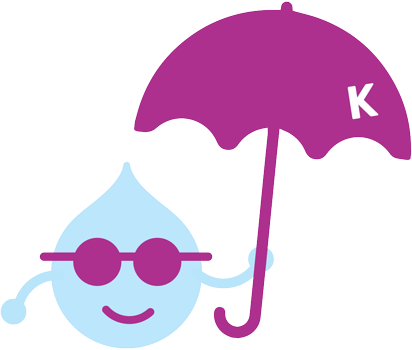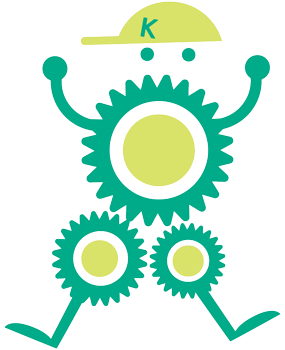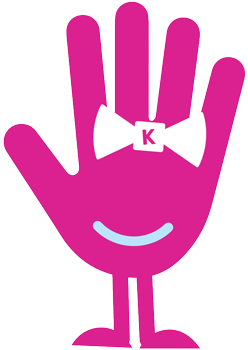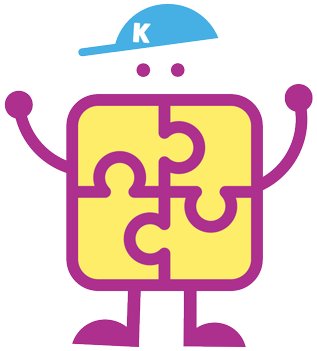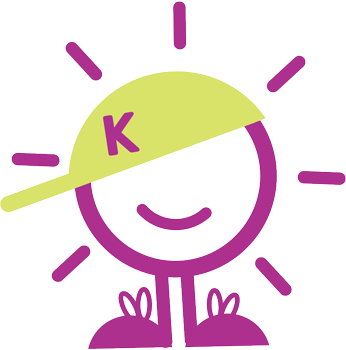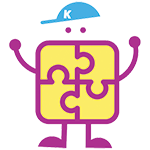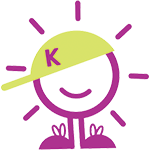Mastering the Art of Comfortable Nursing
Breastfeeding is a beautiful and essential bonding experience between a mother and her baby. However, while it is a natural process, it can sometimes pose challenges, especially for new mothers. One crucial aspect that can significantly influence breastfeeding success is finding the correct position for comfort and effective nursing. In this blog post, we will explore some of the best positions for breastfeeding that can help make the experience enjoyable and beneficial for both mother and baby.
“Breastfeeding is a unique journey for every mother and baby duo; finding the right position is a personal preference.”
Cradle Hold:
The cradle hold is one of the most commonly used positions for breastfeeding. It involves holding the baby’s head with the crook of your arm while the baby’s body rests along your forearm. In the cradle hold, the baby’s mouth approaches the breast, and the baby’s nose should point towards the nipple. Make sure to support the baby’s neck and align their whole body facing yours. The cradle hold position works well for older babies with better head control. However, it is a good position for most babies. Few breastfeeding positions are as common as the cradle-hold position.
Benefits:
- Allows for eye contact and bonding.
- Offers a comfortable position for both mother and baby. It can be used in most settings and is discreet.
Cross-Cradle Hold:
Similar to the cradle hold, the cross-cradle hold provides better support for newborns or premature babies. It is the second most common of the breastfeeding positions. Instead of supporting the baby’s head with the same arm as the breast used for nursing, you use the opposite arm. Gently guide your baby’s head with your hand, ensuring a good latch. Baby’s nose should point toward the nipples, and baby’s chin will point downwards. While keeping the baby close, hold your baby so baby’s head level is parallel to their hips.
Benefits:
- The cross-cradle position provides extra support for newborns and premature babies.
- Allows for better control of the baby’s head during latching.
- It can help encourage a deeper latch.
Football Hold:
The football hold, also known as the clutch hold, is an excellent position, especially for mothers who have had a cesarean section or babies who struggle with latching. To practice football, hold, sit in a semi-reclined position, tuck the baby under your arm on the same side as the breast you’re using, and support their head with your hand. The baby’s legs will extend towards your back, like a football.
Benefits:
- The football hold is ideal for mothers recovering from a cesarean section or with large breasts.
- The football hold position offers better visibility of the baby’s latch.
- Provides relief for mothers with tender nipples.
Side-Lying Position:
The side-lying position is perfect for nighttime feedings, allowing you and your baby to lie comfortably on your sides. Align your baby’s body with yours, facing your breast. Use a pillow to support your head and another behind your back for added comfort.
Benefits:
- Promotes relaxation and minimizes sleep disruption.
- Suitable for mothers who have undergone a cesarean section or are recovering from childbirth.
- Offers a good opportunity for skin-to-skin contact.
Laid-Back Position:
Also known as biological nurturing or the “koala hold,” the laid-back position allows the baby to self-attach to the breast. Lean back in a semi-reclined position, providing support with pillows as needed. Place your baby’s front against your chest, and gravity will assist them in finding the breast. Many women feel this breastfeeding position is better when they have sore nipples.
Benefits:
- Encourages natural instincts and self-attachment.
- Supports better control and coordination for the baby.
- It relaxes the mother’s muscles and helps with milk flow.
Conclusion:
Breastfeeding is a unique journey for every mother and baby duo, and finding the right position is a personal preference.
“With patience, practice, and a supportive environment, you can create a nurturing and comfortable breastfeeding experience.”
Remember that the best position is the one that works best for you and your baby. Experiment with different positions and seek help from a lactation consultant or a breastfeeding support group if needed. With patience, practice, and a supportive environment, you can create a nurturing and comfortable breastfeeding experience for you and your baby, promoting a strong and loving bond.
Frequently Asked Questions (FAQs):
How do I know if my baby is latched on correctly? Where should the baby’s head be?
A good latch is essential for successful breastfeeding. Signs of a proper latch include the baby’s mouth covering most of the areola (not just the nipple), the baby’s lips flanged outward, and the baby sucking rhythmically and swallowing milk. In addition, you should feel minimal nipple soreness or pain during breastfeeding if the latch is correct.
How often should I switch breastfeeding positions?
Switching positions occasionally is beneficial to avoid putting excess pressure on specific areas of your breasts to stimulate different milk ducts. However, it’s unnecessary to switch positions during every feeding. Instead, find a position that works well for you and your baby and feels comfortable, and consider changing positions if you experience any discomfort or if your baby seems unsettled.
Can I breastfeed in a reclined position?
Yes, the laid-back position or reclined position is a great option for breastfeeding. It allows you to lean back comfortably while your baby lies on your chest, using their instincts to find the breast. This position promotes relaxation and can be particularly helpful for mothers recovering from childbirth or those experiencing issues with latching.
Should I change breastfeeding positions when I am breastfeeding?
The duration of breastfeeding in each position can vary from baby to baby. Some babies feed more efficiently and finish a feeding session quickly, while others may take longer. On average, a feeding session may last around 10 to 20 minutes per breast. However, it’s important to follow your baby’s cues. Watch for signs of hunger or satiety, such as active sucking, swallowing, or a relaxed body, to determine when to switch sides or end the feeding session.
Can I breastfeed while lying down in bed with the baby’s body next to mine?
Yes, breastfeeding while lying down in a side-lying position can be a comfortable option, especially during nighttime feedings. Make sure to create a safe sleep environment by removing any pillows or blankets that could cover the baby’s face. This position allows both you and your baby to rest while nursing, promoting relaxation and minimizing sleep disruptions.
What if I am still experiencing pain while breastfeeding from the baby’s mouth?
Breastfeeding should not be painful. However, if you are experiencing pain or have sore nipples, it could indicate an improper latch or other issues such as nipple damage or infection. Consult with a lactation consultant or a healthcare provider who can assess the situation and provide guidance and support. They can help you correct any latch issues and address any concerns.
Remember, every mother-baby pair is unique, and what works for one may not work for another. Trust your instincts, seek support when needed, and focus on creating a nurturing and comfortable breastfeeding experience for you and your baby.



